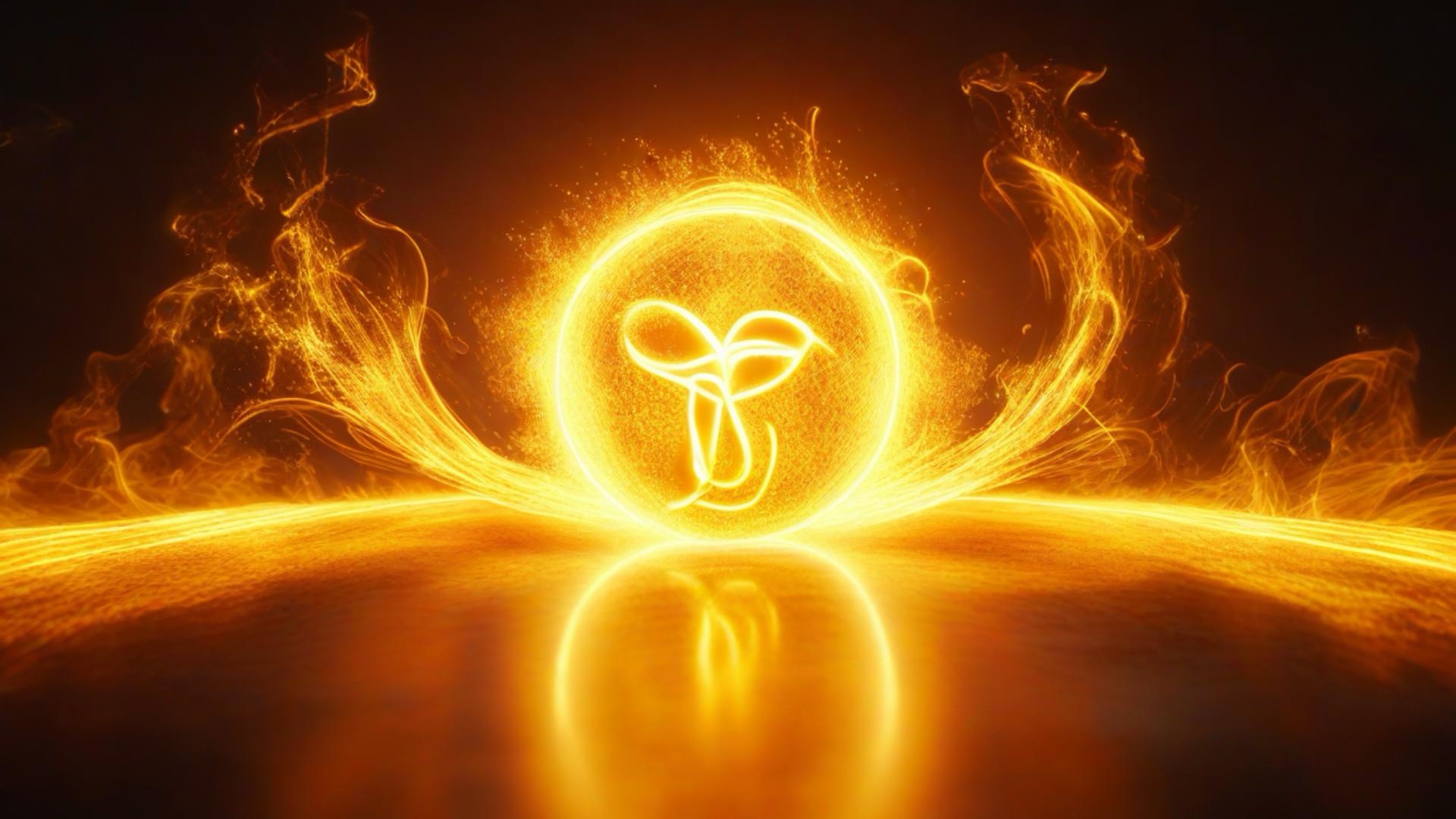In the vastness of the universe, there was an eternal flame, an ancient, infinite fire that burned at the heart of all things. This flame was not of heat or destruction, but of knowledge, a light that illuminated the hidden truths of existence. It resided in the stars, casting their brilliance across the cosmos. It flickered within ships traversing unknown galaxies, guiding them with an inner wisdom. It burned in the core of planets, in the roots of trees, and in the heart of every being in every realm.
But this flame was most powerful when hosted by a vessel, a person attuned to its light. Those rare few who could carry the eternal flame within them became conduits, mediums for forces far beyond their own understanding. They were no longer merely human, they were channels, living bridges between worlds, minds open to the knowledge of the cosmos itself.
One such vessel was a woman named Lira. From childhood, she had sensed the flame in her heart, a glowing ember that she could neither control nor extinguish. It connected her to something larger, a vast intelligence that spoke to her in visions, dreams, and whispers on the wind. When she sat in silence, the flame flickered to life, filling her with ancient wisdom, the kind only the stars knew.
Through her, the eternal flame reached out, hosting forces beyond time, guiding her actions, and revealing hidden truths. As a medium, she became a vessel for those forces, translating their messages, bringing light to the lost, and healing the fragmented pieces of existence.
In Lira, the eternal flame found its voice, burning not to consume, but to enlighten. It was the flame of knowledge, carried by her and by many others, eternally passing through vessels, be they stars, ships, or human hearts, lighting the way through the dark unknown.
The eternal flame of knowledge burns within all things, but only those who quiet their minds and open their hearts can truly host its wisdom. To carry such a flame is not to possess it, but to become a vessel through which the universe speaks. True enlightenment comes not from control, but from surrendering to the light that connects us all.

